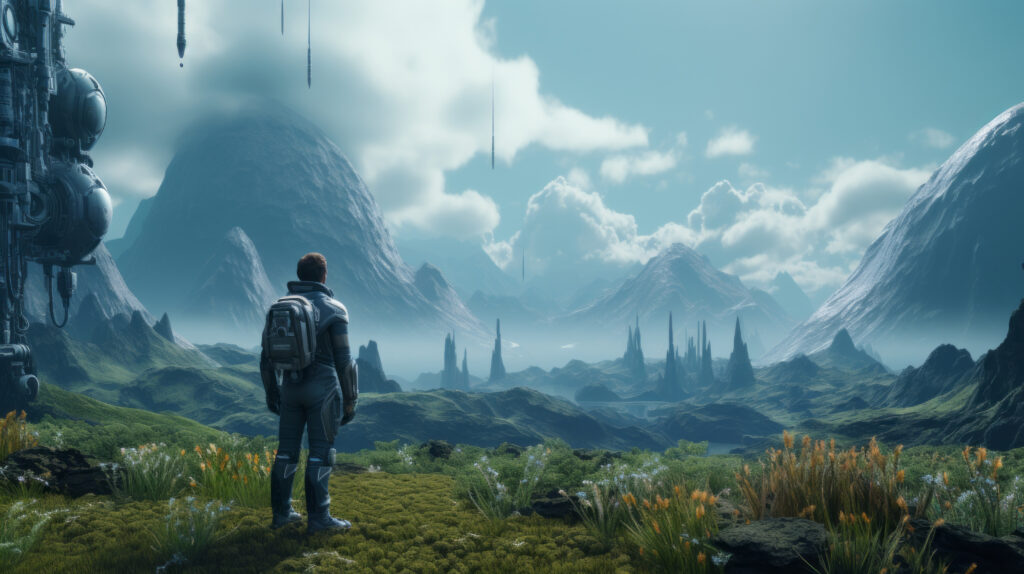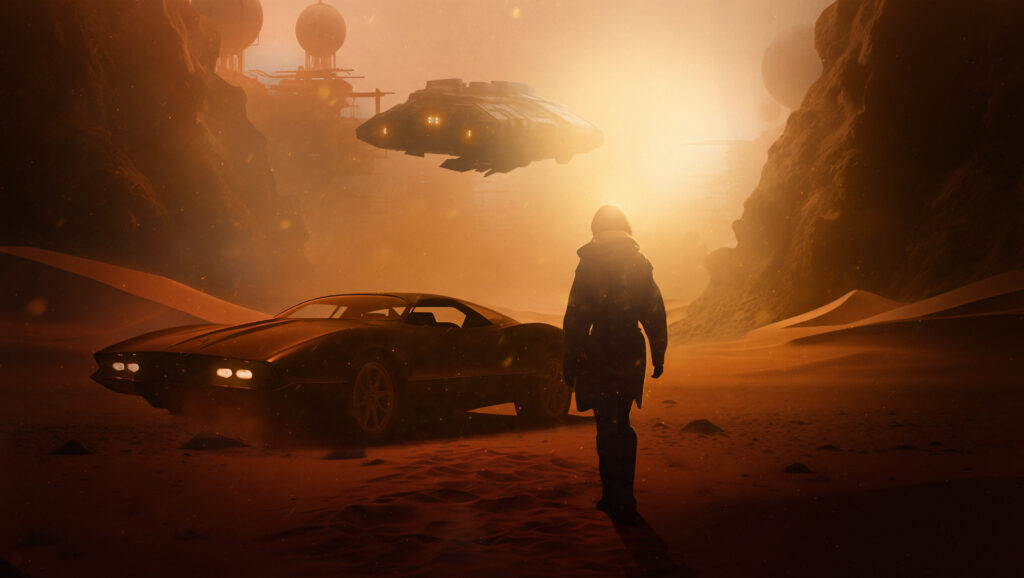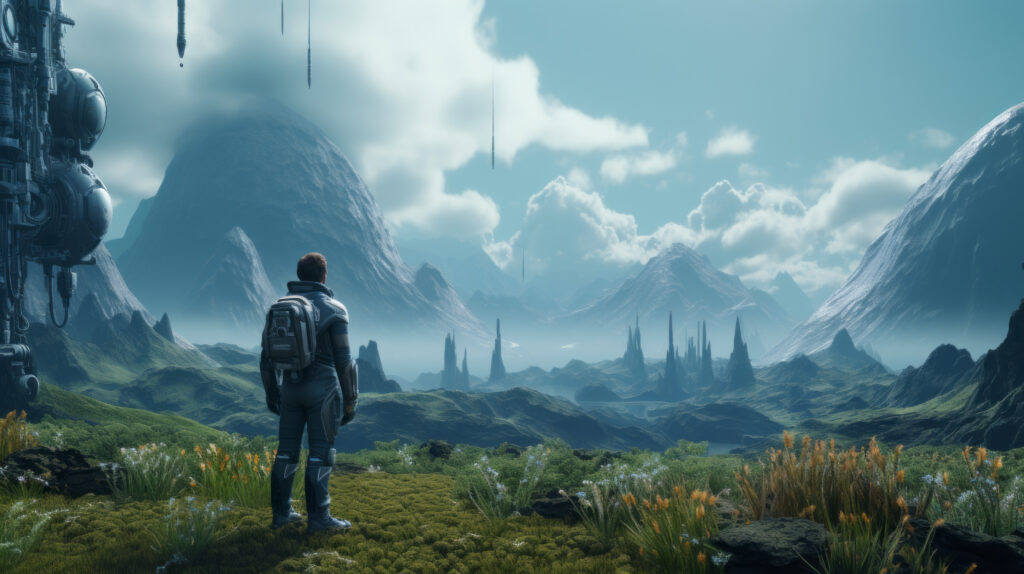🗓 Release & Platforms
- Release Date: June 26, 2025
- Platform: Currently only on Nintendo Switch (with Switch 2 compatibility); a port to PC/other consoles is probably forthcoming, following past remake trend.
- Price: USD 34.99 / EUR 34.99
📖 Story & Setting
- Plot: In 2112 Southeast Asia, tensions boil over between the Oceania Cooperative Union (OCU) and the People’s Republic of Da Han Zhong (DHZ), with USN peacekeepers in between.
- Protagonist: Kazuki Takemura, the test pilot whose early decisions set the story path—the USN scenario (affiliated with Emma Klamsky) or the DHZ scenario (affiliated with Alisa Takemura).
- Themes: Touches on corporate greed, clandestine biological-weapon projects (Project M.I.D.A.S.), loyalty, and moral application of military technology.
⚙ Gameplay & Features
- Combat System: Traditional turn-based mech (Wanzer) combat—units have 4 destroyable components (body, arms, legs). Includes return of Action Points (AP) and Action Links, allowing unit coordination .
- Pilot Interaction: Pilots can get hurt or ejected during battle, fight in the field, or try to take over enemy machines .
- Wanzer Customization: Combine and match components, weapons, armor, CPUs; add new camouflage choices for individualization.
- Quick Combat Mode: Simplifies fighting for those who prefer quicker action.
- Audio: Complete soundtrack reorchestrated with possible toggle option to switch to original; cutscenes feature voice acting.

🧩 Presentation & Performance
Sadly, the graphical overhaul hasn’t aged well:
Graphics: Pundits call the graphics blocky, unfinished, and even somewhat mobile-game-like. Slack textures, portrait anomalies created by AI, jaggy framerates, and uninteresting backgrounds are all typically mentioned.
Switch Performance: The Switch port has run-of-the-mill jagged framerates and light problems—more than sufficient to detract from gameplay.
Alternatively, some (establishing comparisons against the FM1 remake) propose that denser textures, higher framerate, and dynamic scenery elements might be achievable—particularly on more advanced hardware such as the Switch 2 .
🎯 Core Gameplay & Systems
Action Points (AP), Action Links, pilot ejections/hacking, four-part Wanzer damage, and customizable units are all included in the remake, which also keeps the strategic turn-based mech battles from the original.
- Unit coordination is made possible by AP & Links; pilots may be hurt or ejected, enabling on-foot combat and hijacking techniques.
- Customization: To maximize your squad, swap out components, CPUs, and weapons, including close-quarters and long-range weapons.
🎵 Audio & Soundscape
The sound package is mixed:
- Music: Players can switch between contemporary reorchestrations and the classic techno-military score—both enjoyed.
- Sound Design: Combat effects sound hollow. Machine gun fire is noted as sounding lacking in punch, and added text sound effects are felt to be jarring.
- Voice Acting: The remake does not have voiced cutscenes, as opposed to some hopes and misreports.
🧱 Community Feedback & Criticism
- The fan response has been resounding, especially on Reddit:
- “Wanzer proportions are off… animations are low-key worse than… ps1.”
- “Remake wanzers feel like small plastic RC robots.”
- “When a punch lands… there’s no weight or punchyness.”
- Some of the most common issues are:
- Inability to feel weight in mech animations, resulting in Wanzers feeling floaty or like toys.
- Poor impact sounds; lack of hard-hitting sensation found in the PS1 version.
- Low-rent-looking AI-generated character graphics and generic environment design.
- Fans wish that post-launch support could correct these shortcomings.
✅ What Still Works
- Robust tactical foundation: The remake retains depth, branching narratives, and customization. Critic reviews in several publications confirm that the fundamental gameplay still holds up .
- In-game features: The integrated internet, simulated forums, hacking mini-games, and lore material provide rich worldbuilding.
- Nostalgia value: The twin soundtrack and loyal mission design come a long way in appeasing faithful fans.

🧠 Summary: Theoretical Insights
- Mechanical Integrity vs. Presentation Tension: Excellent mechanical systems can maintain player interest, but visual defects such as AI-upscaling artifacts and terrible sound can severely detract from the overall experience.
- Immersion through Sensory Consistency: Visual and audio inconsistencies function like cognitive dissonance—they detract from immersion even if the systems beneath are sound.
- Narrative as Experience Multipliers: Branching storylines and lore-filled intermissions increase world engagement and replay value, making the player emotionally invested regardless of aesthetic critics.
🎯 Final Verdict
Front Mission 3: Remake fulfills the mechanical complexity and strategic systems that made the original a classic. The remake, though, doesn’t excel in presentation: visuals are lacking, animations lose their gravitas, and sound design fails to reproduce the old-school affect.
If you’re mainly looking for deeper mechanical play, dual-branch storytelling, and nostalgia, it’s well worth playing through—though expect to ignore aesthetic blemishes. If polish, visual faithfulness, and mech simulation immersion are your top priorities, waiting for patches or playing with a bettered original may be the better option.



